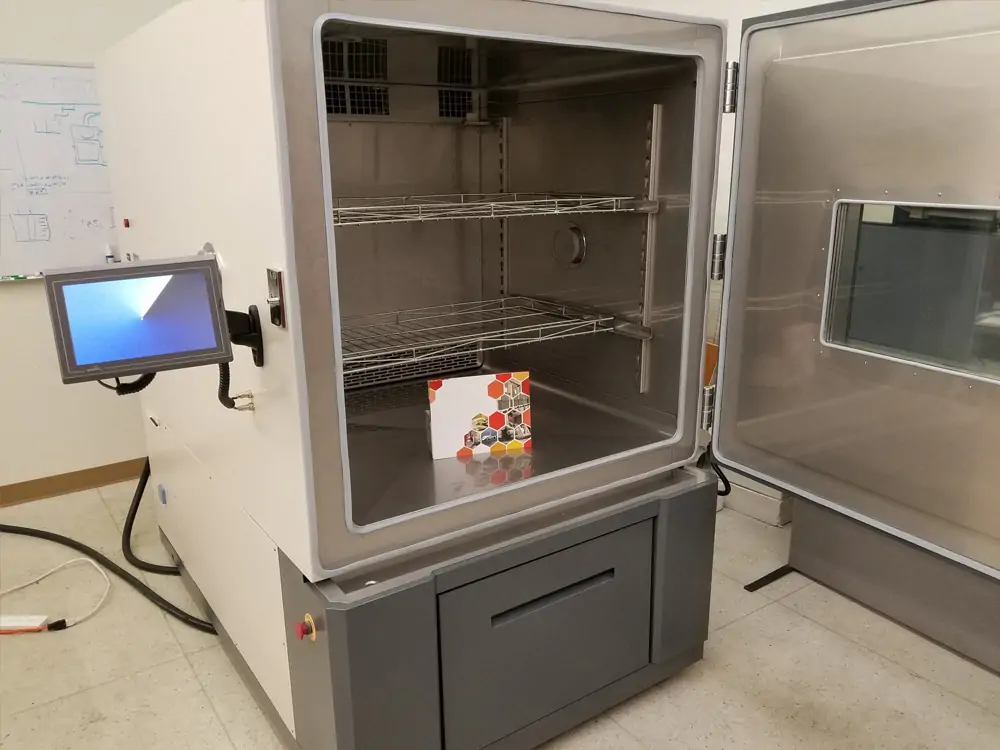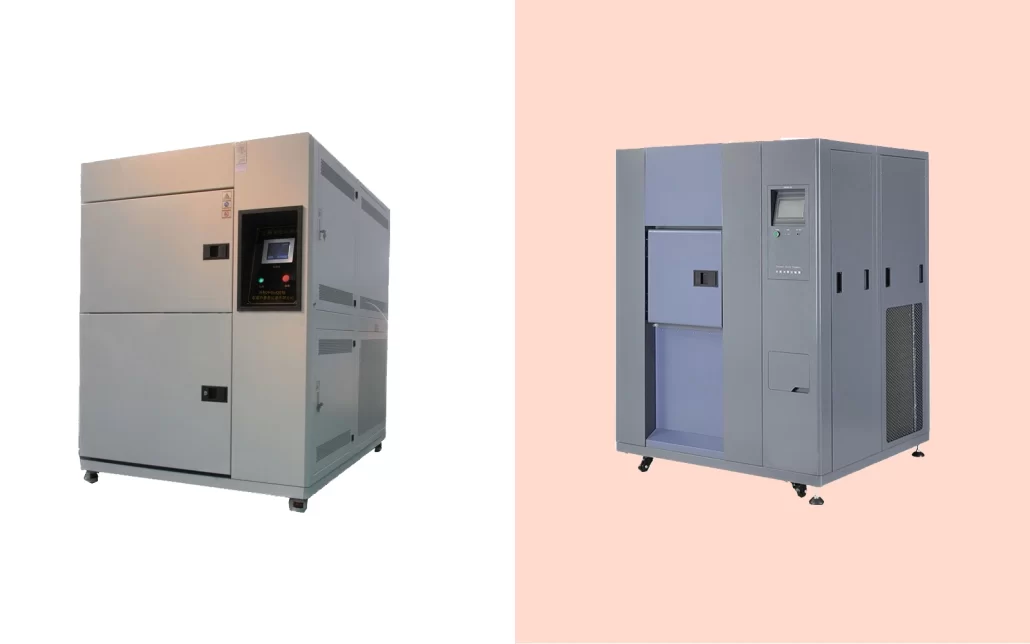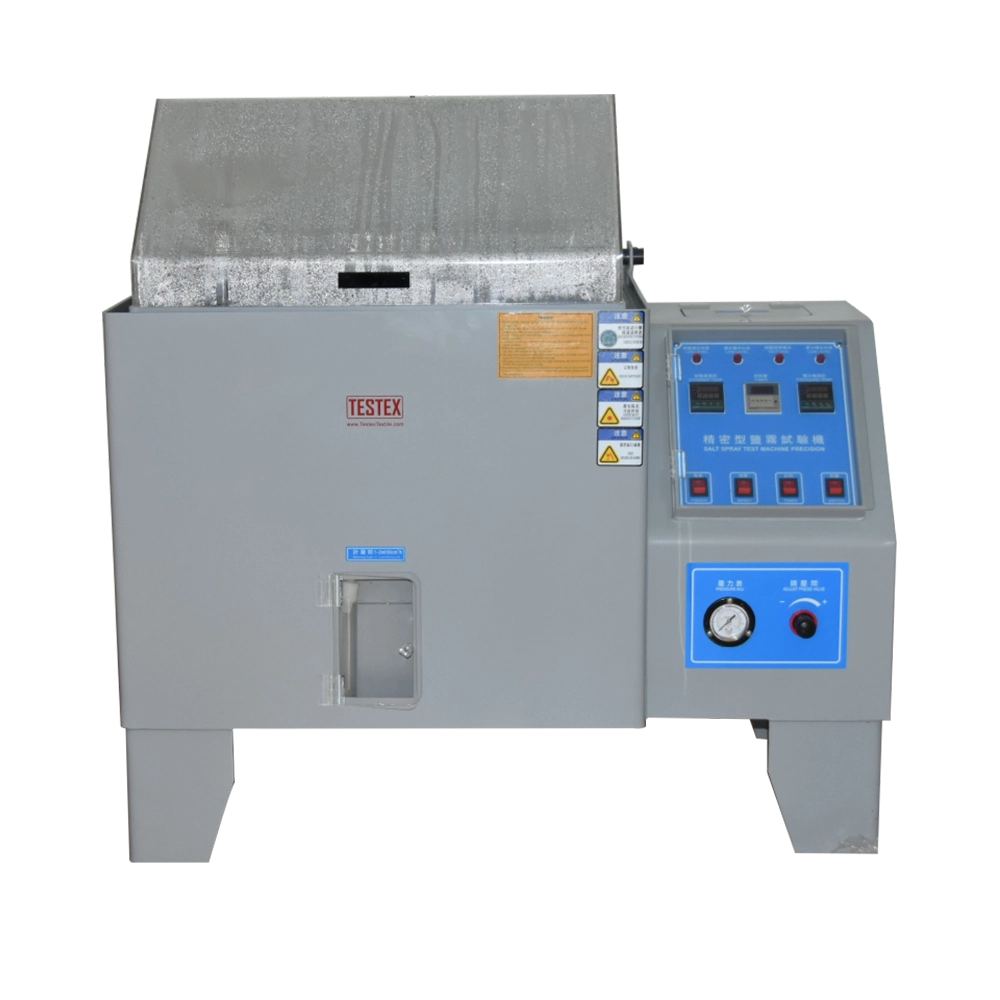In today’s world, the textile industry is a foundation of manufacturing globally. The textile industry demands quality assurance and precision. It is important to make sure of this at every stage of production. Climate chambers have developed as key tools in the textile industry. The controlled environments work in real-world conditions. It is significant for the manufacturers to test textiles. Under various stressors, the textiles safeguard the durability of the products. Many climatic chambers perform product testing. These include humidity chambers, UV exposure chambers, and temperature chambers. In this guide, you will learn the applications of these chambers in textiles.
For product testing, climate chambers are one of the best tools in textiles. They control humidity and temperature. Also, these chambers help to safeguard and maintain the quality. Furthermore, they help to maintain the performance. The textile products include fabrics. If testing works in specific conditions, it helps manufacturers to check the quality. It also helps to check how the products respond to various conditions. This approach ensures the quality of final products. It also meets industry standards. This sets a new standard of quality in the manufacturing of textiles. Thus, leading to the production of superior, reliable products.
Temperature Chambers
For temperature variations, temperature chambers play a key role in textiles. they perform under controlled environments. It helps them to test how the products respond to different levels of temperature. They also check the dimensional stability. If manufacturers want to check for structural integrity, these temperature chambers test it. The product undergoes testing at a variety of temperature conditions. The final product also meets the industry standards for dimensions.
These test chambers are vital to check the quality of colors in textiles. Using these chambers, manufacturers test colors under temperature variations. If these test conditions undergo well, it retains the charm of the final product. It does not fade or destroy the product due to temperature change. Furthermore, it is important to note down the weak points in fabrics. This will help manufacturers in making it better than before. When the product undergoes necessary changes, the performance increases.

Humidity Chambers
Humidity chambers are very important tools in the textile industry. They help us understand how fabrics react to different amounts of moisture. The special rooms help manufacturers to make control conditions for product testing. These rooms create humidity. This helps make sure that fabrics stay strong and work well in places that are often damp.
They also help check if fabrics keep their size and shape in different moisture levels. Sometimes, when it’s very humid, fabrics can get bigger or smaller. This might make them not fit or work the right way. If textiles are in high-humidity conditions, it is also beneficial. This helps manufacturers to see how the material responds in damp places. This helps make sure that the final products stay the right size and shape.

Thermal Shock Chambers
Thermal shock chambers change temperatures to mimic extreme situations. This test helps manufacturers check if textiles can handle sudden shifts in temperature. Fabrics need to withstand fast changes in temperature without getting damaged. This might mean going from cold to very hot, or the other way around. If textiles are in harsh conditions, it is beneficial for testing. This helps manufacturers to see if they stay strong, or if improvement will work.
UV Exposure Chambers
UV exposure chambers are like pretend sunlight for outdoor fabrics. This test checks if fabrics can keep their colors and not wear out under the sun. If textile material needs bright colors in sunlight, this testing is important. It is important for outdoor clothes, furniture, and awnings. This test performs well to see if colors stay nice. Or, if the fabric does not get weak from being in sunlight. Imagine if your favorite shirt got all faded and worn out after just a few days in the sun! That wouldn’t be good, right? So, by using UV exposure chambers, we can make sure fabrics stay strong and keep their colors for a long time. This is especially important for things like outdoor furniture that people use a lot. We want them to look nice and stay comfy even after being out in the sun.
Salt Spray Chambers
Besides other chambers, salt spray chambers perform in coastal or marine conditions. This testing performs a vital role in checking the durability of textiles. Furthermore, it also helps to check the resistance to corrosion in salt water. Salt spray chambers assess the corrosion resistance of fabrics. Textiles such as boat covers, are sails get exposed to saltwater. This can be corrosive. If salt chambers work well in textiles, it is also beneficial. This helps manufacturers to assess how the fabrics withstand various conditions.

Abrasion Testers with Climate Chambers
If abrasion testing works well in climatic chambers, the textile products perform better. This is important for the textile in harsh weather conditions. It ensures the durability over time. Manufacturers can assess the wear resistance of fabrics under various climates. Manufacturers can assess the wear resistance of fabrics under various climates.
The abrasive testers check wear resistance under specific climates. Fabrics should survive various environmental conditions. This includes outdoor furniture or automotive interiors. Manufacturers can assess how well the fabric will hold up over time. This ensures that the final products maintain their durability and functionality.
Altitude Chambers
Altitude chambers are vital for textiles used in aerospace or mountainous applications. This testing ensures that fabrics maintain their structural integrity even in oxygen-deprived environments. Altitude chambers assess the performance of fabrics in aerospace applications. Equipment like plane interiors, and spacesuits must be able to withstand high altitudes. If fabrics are under various conditions, this also proves beneficial for the manufacturers. These conditions include low pressures, extreme temperature variations, and lower oxygen levels. Thus, ensuring the safety and reliability of aerospace equipment.
Freeze-Thaw Chambers
Freeze-thaw chambers are like special testing rooms in the textile industry. They help check how fabrics do in cold and wet conditions. These rooms make textiles go through cycles of freezing and thawing, like in real life. This helps us see how textiles will hold up in tough conditions. When we do freeze-thaw testing, we can find areas where fabrics might not be as strong. This way, manufacturers can make them better at handling cold and moisture.
Rain Chambers
Rain chambers simulate controlled rainfall conditions. They test how fabrics withstand exposure to moisture. These chambers use a mist of water or spray to make the textiles wet. This creates the effects of rainfall. Then, it evaluates the water resistance of the fabric. Also, it tests the repellent properties of the fabric. It is important to ensure structural integrity and functionality. The fabric should repel water and does not penetrate the material. This includes rainwater or outdoor equipment. Rain chamber testing helps identify potential weak points in fabrics. Thus, this enables manufacturers to make necessary adjustments to enhance their water resistance
Final Thoughts
The incorporation of temperature chambers is of much importance in the textile industry. This leads to a paradigm shift. This is beneficial to the quality assurance strategy of the manufacturers. Textile accuracy and dependability are increasing in these regulated conditions. Manufacturers get unprecedented knowledge of the behavior of materials in various conditions. Textiles perform well in controlled conditions. As a result, they can identify both their strengths and flaws.
Climate chambers are becoming vital as technology advances. It contributes to the future of textile production. These chambers offer unparalleled levels of testing control and accuracy. It enables producers to conduct testing under a variety of environmental circumstances. This gives them the ability to push the frontiers of textile innovation. As a result, the textiles of the future will be able to fulfill the dynamic needs of an ever-changing world.
For more environmental test chamber, Please visit: https://chiuventionclimatechamber.com
For more environmental test simulation programmes,environmental testing knowledge, instrument knowledge, and environmental testing laboratory knowledge, please contact us: [email protected]